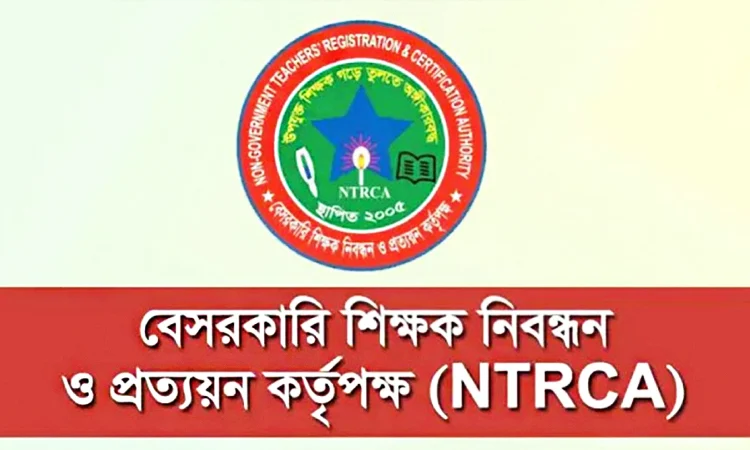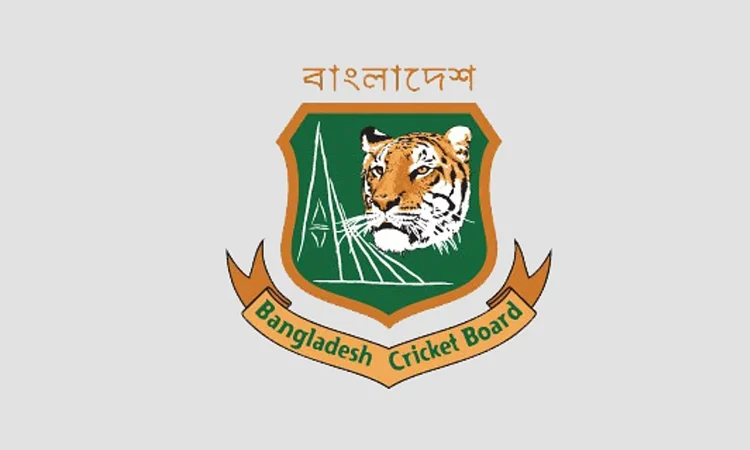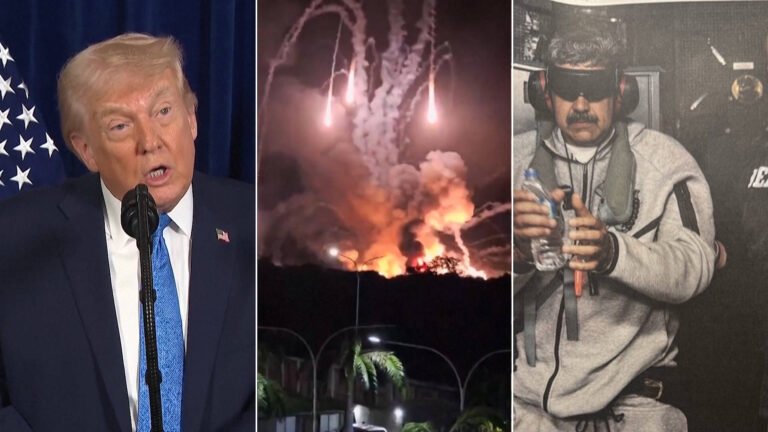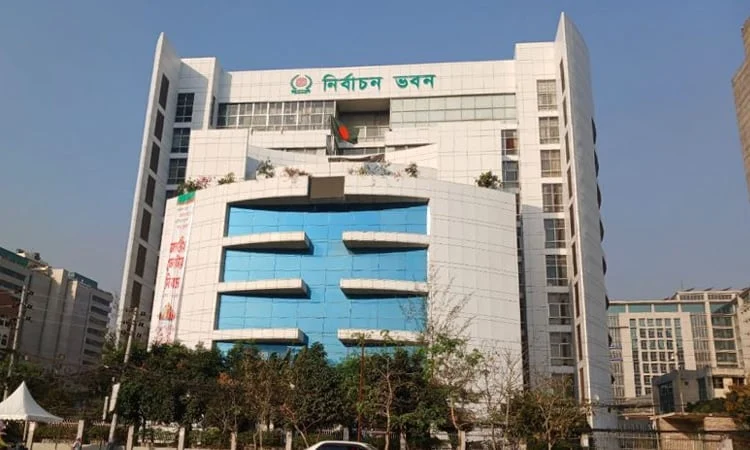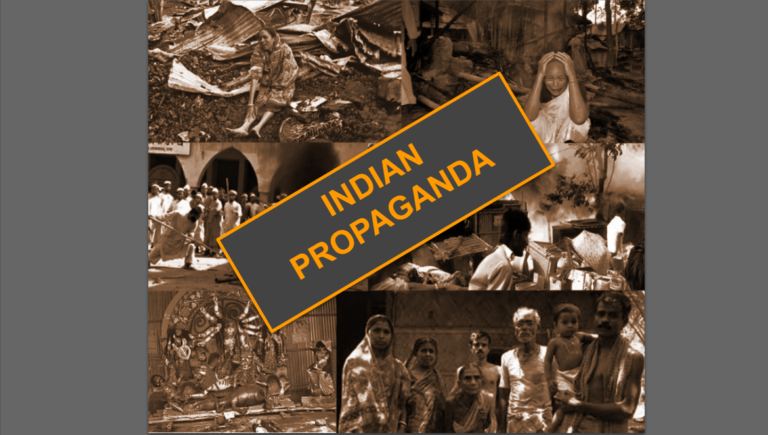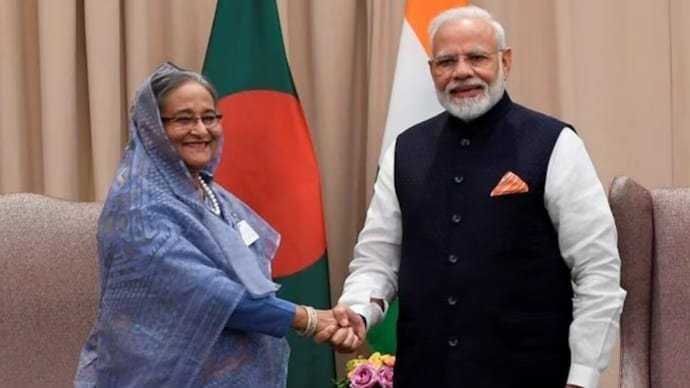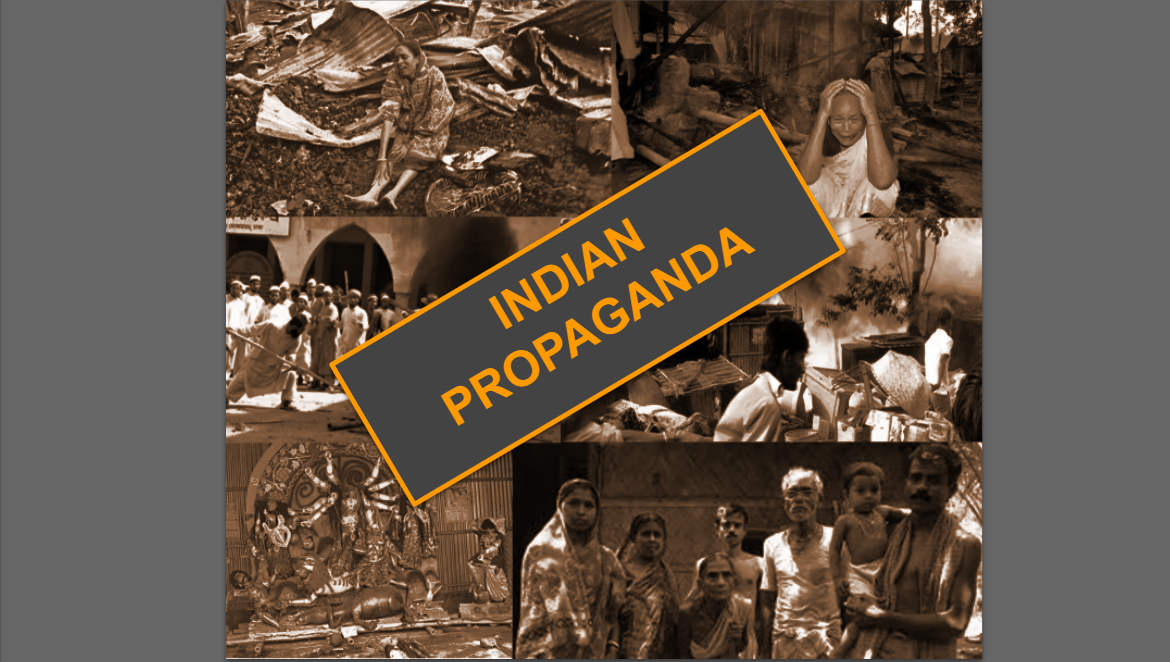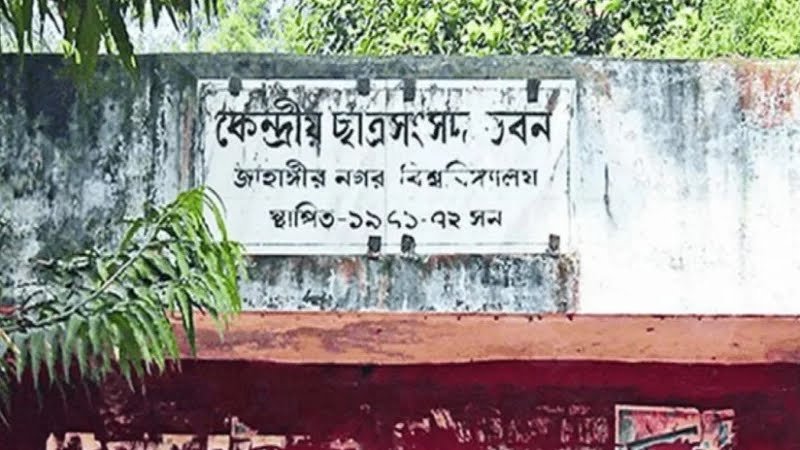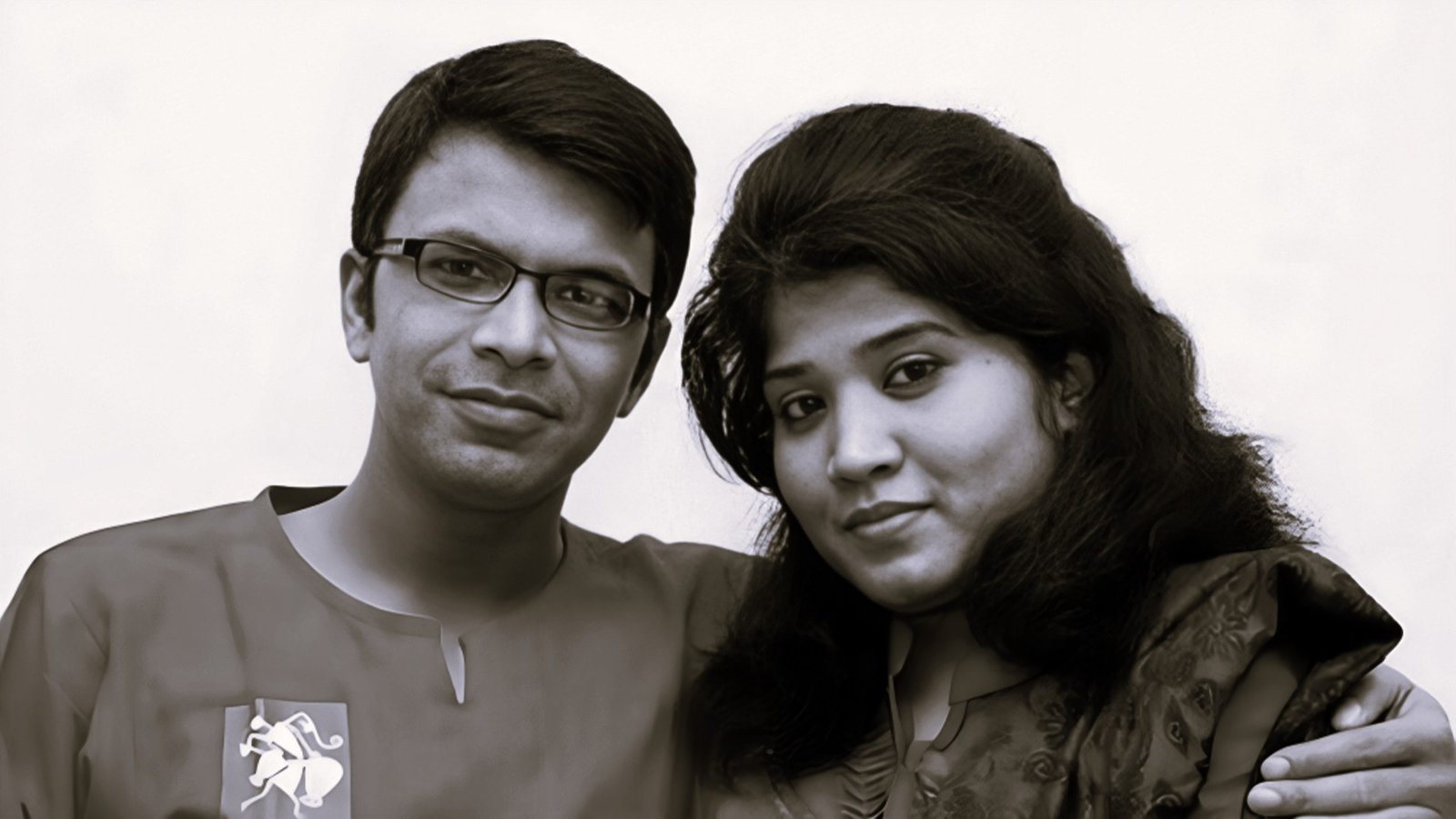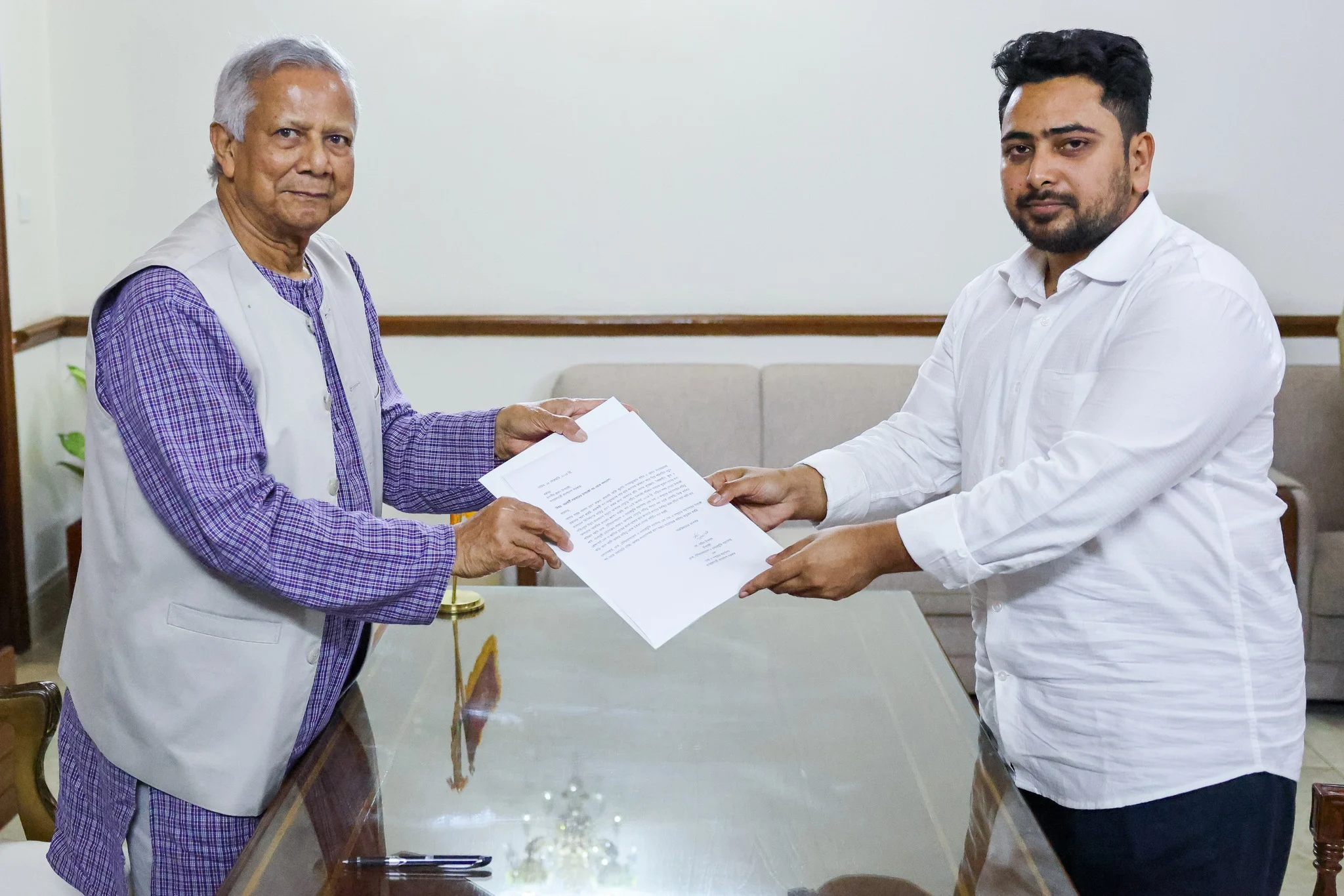In recent weeks, the Indian media, along with certain political figures, have amplified narratives suggesting that Hindus in Bangladesh are facing widespread persecution. These claims appear to be part of a broader strategy by Indian politicians to fuel religious tensions and undermine the credibility of Bangladesh’s interim government. A closer examination of the incidents, the individuals involved, and the political context reveals a different story—one that challenges the simplistic narrative of religious oppression and highlights the complex interplay of politics in the region.
The Allegations On August 20, 2024, Indian Union Home Minister Amit Shah made headlines in several Indian news outlets, including “The Times of India” and “Republic TV”, by stating that Hindus in Bangladesh were being systematically targeted due to their religion. Shah’s comments were part of a broader speech where he criticized the interim government of Bangladesh and questioned its ability to protect its minority populations. He pointed to recent incidents where Hindu temples and homes were allegedly attacked by Muslim mobs as evidence of this persecution.
These statements were echoed by Uttar Pradesh Chief Minister Yogi Adityanath, who, in Agra, reiterated the claim that Hindus in Bangladesh were under attack. Yogi’s remarks were intended to bolster the BJP’s narrative of Hindu victimhood, particularly as the Indian general elections draw near.
However, a closer look at these incidents and the broader context in which they occurred reveals a different narrative. Indian politicians and media have seized on these events, framing them as part of a broader anti-Hindu campaign, but the reality on the ground in Bangladesh tells a more complex story.
The Ground Reality
Reports from credible Bangladeshi sources, including “The Daily Star” and “Prothom Alo”, provide a more nuanced view of the situation. The violence that has occurred in Bangladesh recently is deeply intertwined with the country’s political landscape, particularly the fall of the Awami League government.
For instance, on August 10, 2024, a Hindu businessman named Subrata Roy was attacked in Chattogram. According to “The Daily Star”, Roy had been closely associated with a former Awami League leader who was notorious for land grabbing and extortion. The attack on Roy was driven by local retribution against figures who were seen as complicit in the corruption of the previous regime. Similarly, in Khulna, another Hindu individual, Anil Kumar Das, was targeted on August 12, 2024. Reports from “Prothom Alo” indicate that Das had been involved in illegal activities under the protection of Awami League politicians. These incidents were not motivated by religious hatred but were instead politically motivated attacks against individuals with ties to the previous government.
In a separate incident, a group of Hindus, influenced by local Awami League workers, attempted to set fire to a Hindu temple to create a narrative of Muslim fundamentalist violence. The individuals involved were caught by the public, and confessions, along with videos, have since circulated on social media, exposing the plot to incite communal tensions.
The Role of Bangladeshi Muslims in Protecting Hindu Temples
Contrary to the claims made by Indian politicians, there have been numerous instances where Bangladeshi Muslims, including students from Madrasas and members of Islamic groups, have taken proactive steps to protect Hindu temples during this period of unrest. These efforts demonstrate a commitment to maintaining communal harmony and counter the narrative that Bangladesh is a hotbed of religious persecution.
For example, in Dhaka, Muslim students and leaders have been actively safeguarding Hindu temples and churches, forming community security groups to prevent any communal violence. This protective action reflects a commitment to maintaining harmony and counters the propaganda that aims to portray the unrest as a religious conflict.
Furthermore, various religious and community leaders, including those from Jamaat-e-Islami, have openly condemned any attacks on Hindu temples and have mobilized their student wings to ensure the safety of these places of worship. This demonstrates a collective effort within the Muslim community to prevent any attempts by external actors to exploit the situation and create divisions.
The Propaganda Machine
The narrative pushed by Indian politicians and media that these attacks are part of a broader anti-Hindu campaign serves a specific political agenda. By framing the violence in Bangladesh as religious persecution, Indian leaders like Amit Shah and Yogi Adityanath can reinforce their domestic narrative of Hindu victimhood, which is central to the ideology of the Bharatiya Janata Party (BJP). This narrative helps to consolidate their support base among Hindu nationalists in India, particularly in the lead-up to elections.
The Indian media’s role in amplifying this narrative cannot be overlooked. Outlets like “Zee News” and “Republic TV”, known for their sensationalist coverage, have played a key role in spreading these unverified claims without investigating the political context of the attacks. This lack of journalistic integrity contributes to the spread of misinformation and stokes communal tensions, both in India and Bangladesh.
The Role of Misinformation
Compounding the issue is the proliferation of fake news and doctored videos on social media. In the wake of the violence, several videos and images purporting to show the brutalization of Hindus in Bangladesh have gone viral. However, fact-checking organizations like “Alt News” and “Boom Live” have debunked many of these claims.
For example, a widely circulated video allegedly showing the destruction of a Hindu temple in Dhaka was found to be from a completely different incident that took place in India years ago. This flood of misinformation makes it difficult for the truth to emerge and for the international community to understand the real dynamics at play. It also provides ammunition for those who wish to use these incidents to further their own political objectives.
The portrayal of recent violence against Hindus in Bangladesh as religious persecution is a deliberate distortion of the facts. The reality, as evidenced by reports from credible Bangladeshi sources, is that these attacks were politically motivated acts of revenge against individuals associated with the corrupt practices of the former Awami League government. Indian politicians and media have seized on these incidents to advance their own narrative of Hindu victimhood, which serves both domestic and international political purposes.
This situation underscores the need for careful, critical analysis of news reports and political statements, particularly when they concern sensitive issues like religious violence. The international community should be wary of accepting at face value the narratives pushed by interested parties and should instead seek to understand the broader political context in which these events are taking place.
In light of these findings, it is crucial to foster dialogue between India and Bangladesh that goes beyond the superficial and addresses the underlying political and social dynamics that give rise to such conflicts. Only through such an approach can lasting peace and mutual understanding be achieved in the region.


